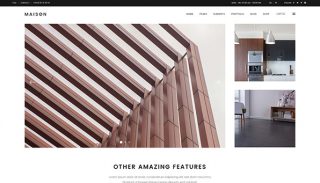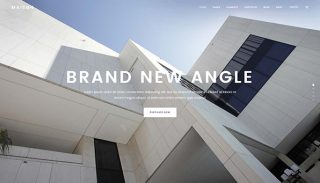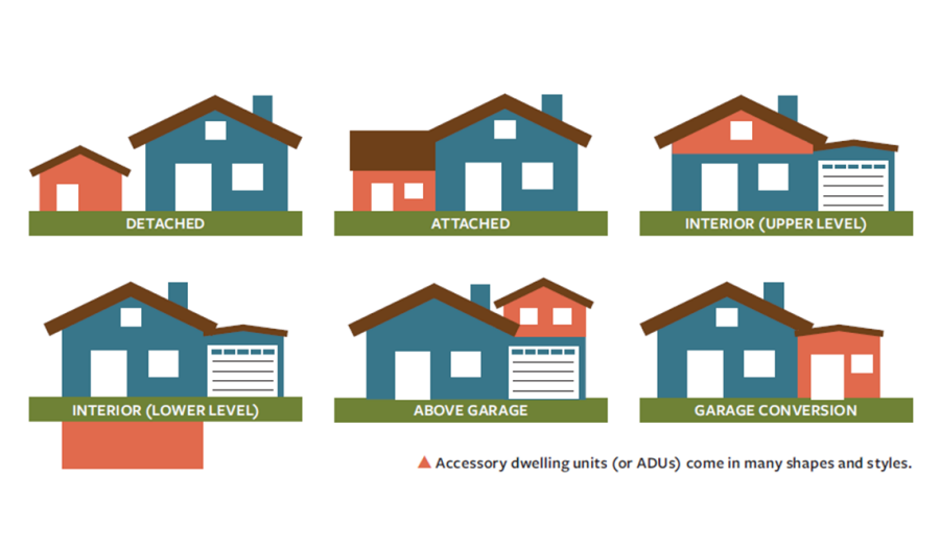Accessory Dwelling Units
What are ADUs?
An ADU or Accessory Dwelling Unit goes by various names like secondary suites, accessory apartments, Coach houses, In-law unit or Granny flats. Accessory dwelling unit is an additional independent unit on the same property lot as the main independent residential unit.
There are various kinds of ADUs. ADU’s created from existing spaces of a home like basements or attics are referred to as internal ADUs and attached ADUs. The new stand-alone additions like coach houses, carriage houses or Garage additions are detached ADU’s.
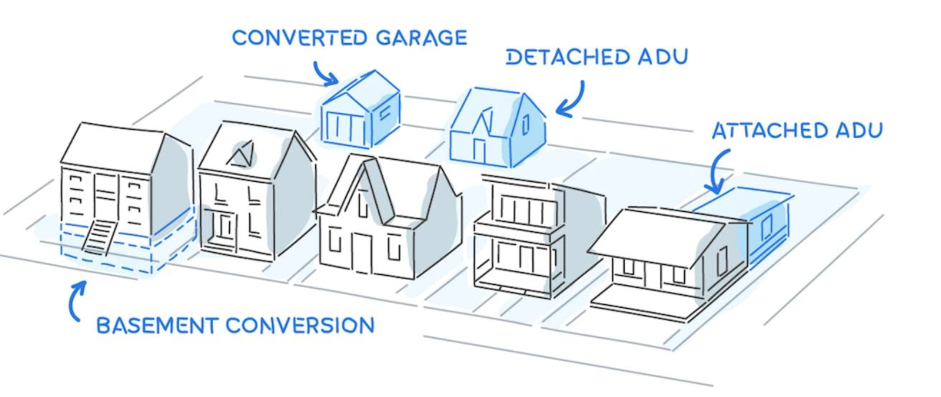
ADU’s increase the housing potential of residential properties. It makes it easier for the families to live together, senior citizens to stay closer to their families and be well taken care of. It also increases the housing affordability for the community as the residential property owners can rent out independent single family ADU’s.
ADUs in Chicago:
ADUs were a part of Chicago’s history till the early part of the 20th century. Around 1957 due to changes in regulations, the construction of independent ADUs was banned. The reason for the ban can be attributed to the incorrect forecast of increase in the population of Chicago after the Second World War.
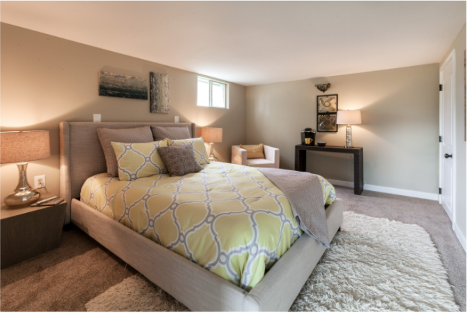
The ADU’s supporters wanted the prohibition to be lifted as they believed that Accessory Dwelling Units helped the large families to stay together. Multi-generational families can be supported by giving the clearance to accessory units. Senior citizens and elderly couples get the opportunity to dwell in the community safely and stay close to their family and friends. It also increases the affordability for property dwellers as they can earn from renting out these independent accessory units.
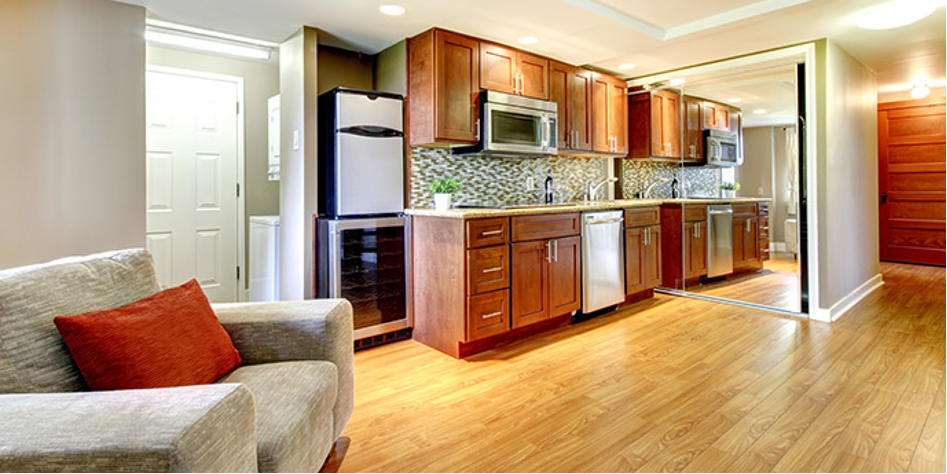
Chicago City council had a ban on ADU’s for 63 long years, finally this ban was lifted. Now after the approval of ADUs, residential property owners will be able to add coach houses, attics and basements abiding by safety regulations.
Starting May 21st, 2021, property owners from the five pilot zones can apply for constructing ADUs at the Chicago City Council website.
The five pilot zones are:
- North Zone, covering portions of the Edgewater, Lake View, Lincoln Square, North Center, Uptown and West Ridge community areas
- Northwest Zone, covering portions of the Albany Park, Avondale, East Garfield Park, Hermosa, Irving Park, Logan Square, Near West Side and West Town community areas
- West Zone, covering portions of the East Garfield Park, North Lawndale, South Lawndale, and West Garfield Park community areas
- South Zone, covering portions of the Ashburn, Auburn Gresham, Chatham, Chicago Lawn, Englewood, Greater Grand Crossing, Roseland, Washington Heights, Washington Park, West Englewood, West Lawn and Woodlawn community areas
- Southeast Zone, covering portions of the East Side, Hegewisch, South Chicago and South Deering community areas
In addition to the geographic requirement, properties must also:
- Be at least 20 years old if adding a conversion unit in basement or attic space
- Be located in a residential zoning district either an RM, an RS, or an RT with the exception of RS-1, single family housing
There are following further requirements required for ADU’s to be constructed –
- The Number Of ADU’s allowed –
The ADU’s are allowed on properties that have existing legal residential units. The ordinance differentiates between various kinds of ADUs as below:
- Coach Houses: These are constructed as a detached building in the backyard of the property with existing legal residential unit.
- Conversion Units: These units are constructed inside the existing residential unit. Like a basement or an attic, given that residential unit is at least 20 years old.
Regarding the number of ADUs –
- A property with 1-4 legal residential units can construct one coach house to any property, given the property is at least 20 years old.
- A property with more than 5 existing residential units cannot add coach houses but can create 33% as conversion units.
- The affordability requirements
- Additional regulations
- Application requirements
For homeowners that fall within the low- and moderate-income group, there exists a financial assistance program to help them construct the allowed ADU’s, called the ADU Neighborhood Lending Program.
You can find more information on the ADU Ordinance, the ADU Neighborhood Lending Program, and details about the requirements here.
If you’re looking to check the zone in which your property falls, search your address on this link.
This article is based on information sourced from Chicago Sun-Times, the official website for the 40th Ward of Chicago, and the official website of the Chicago City Council.
Burhani Design has designed and executed several projects related to ADUs in the City of Chicago. Feel free to reach out to us for further information or if you would like us to assist you with your exciting project.




